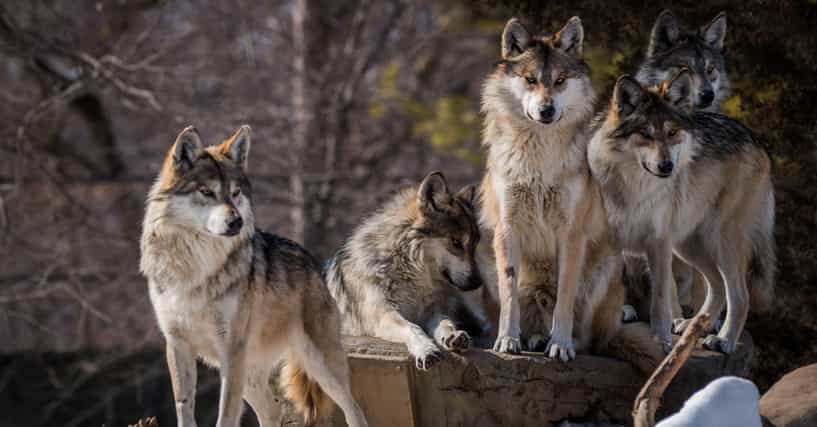We have all heard and believed in these things about animal behavior. In fact, many of these myths about animals have been around for so long that some people get angry when they discover them. However, these frequently recurring “facts” are not scientific data, but only anecdotal evidence to support them. These are some myths about animals (16 to be exact) that many still believe, but according to science, they are simply not true.
1. If people handle baby birds, their mothers will reject them.
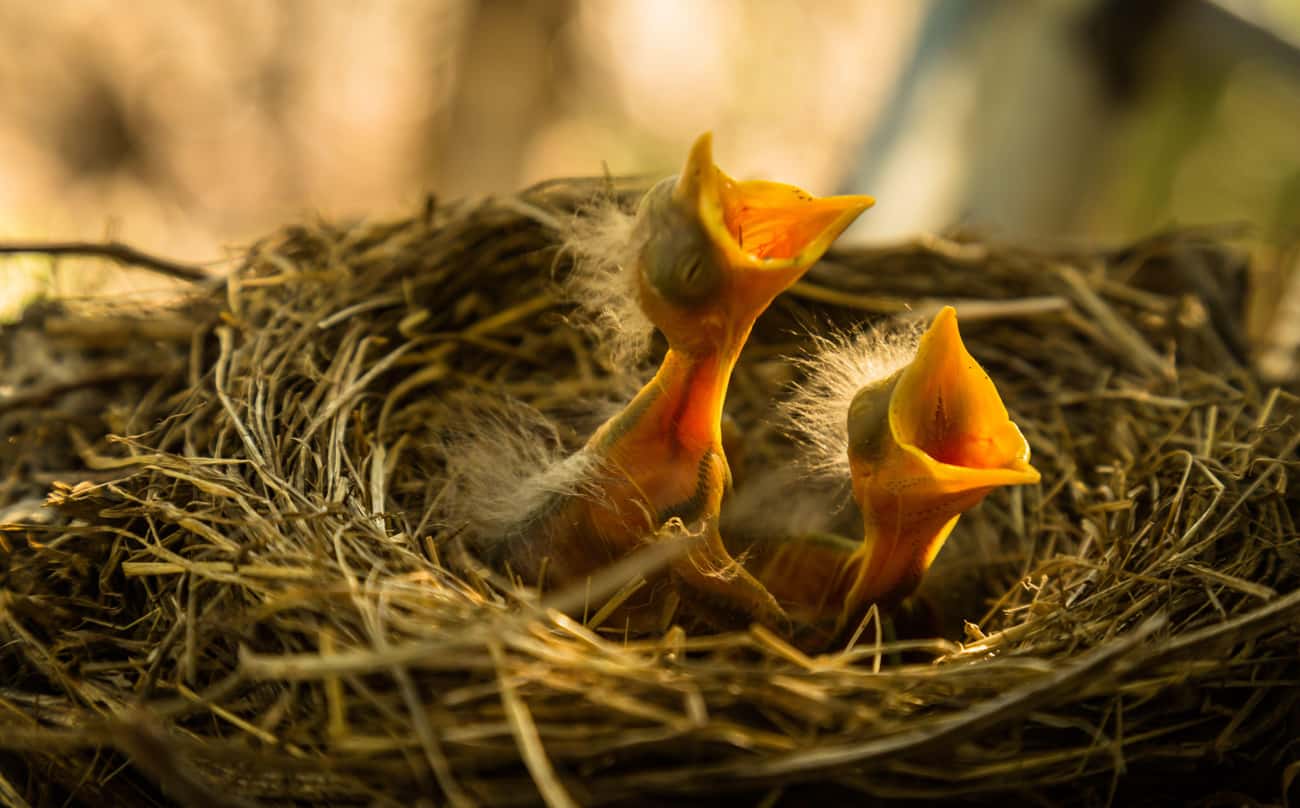
We have all heard and believed in these things about animal behavior. In fact, many of these myths about animals have been around for so long that some people get angry when they discover them.
2. Birds die if they consume wedding rice.
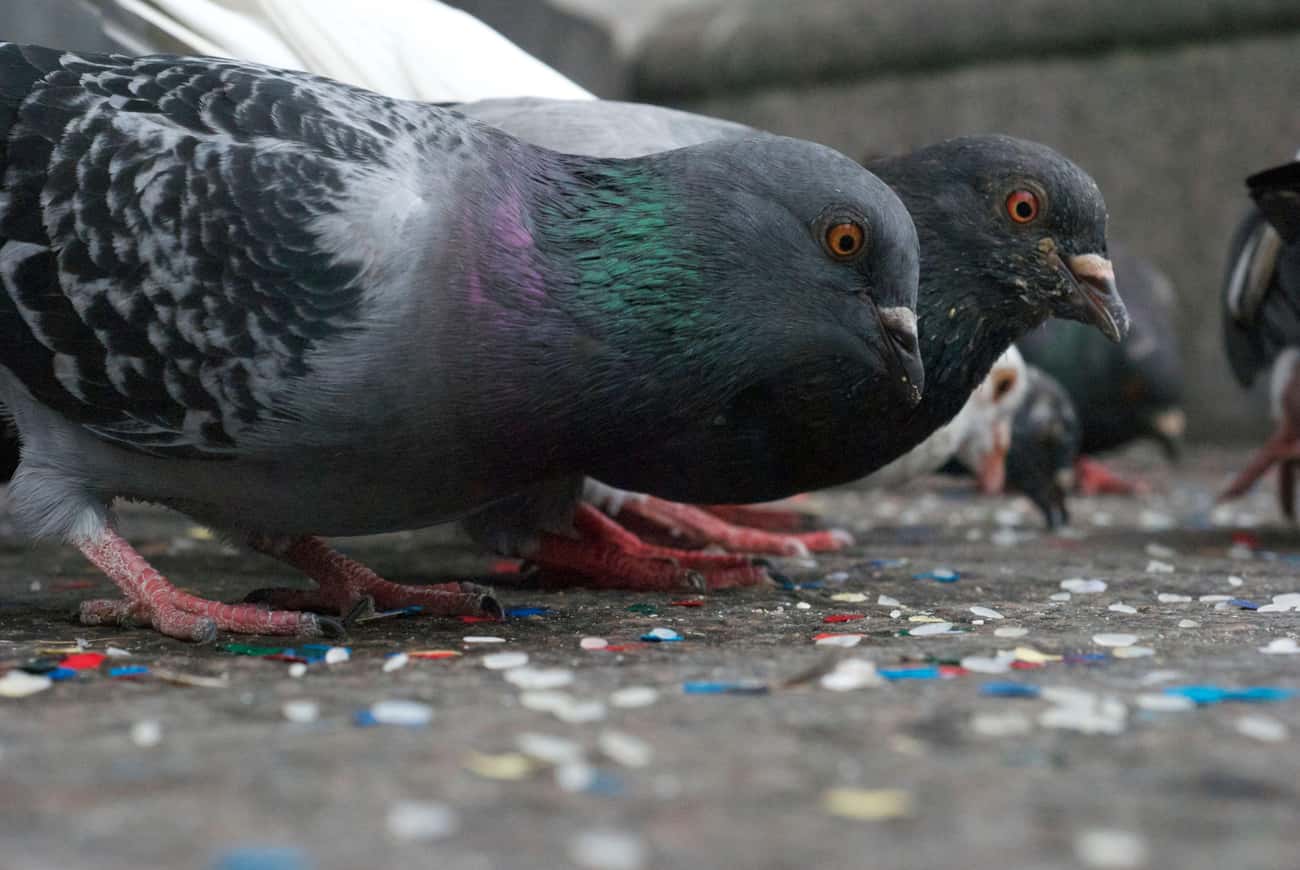
Who knows where this myth comes from, but it’s certainly not true. Wedding rice is generally dehydrated rice, as opposed to wild grains. Despite the fact that it is a tradition dating back to ancient Egypt, today’s wedding planners use bubbles instead of rice for fear of killing poor little church birds if it spreads to their stomachs. But the truth is that rice doesn’t swell enough to hurt birds a little. A 2002 study at the University of Kentucky showed that common bird species spread in the stomach more than in rice. Therefore, weddings don’t constitute a complete meal for church birds.
3. Bats are blind creatures.
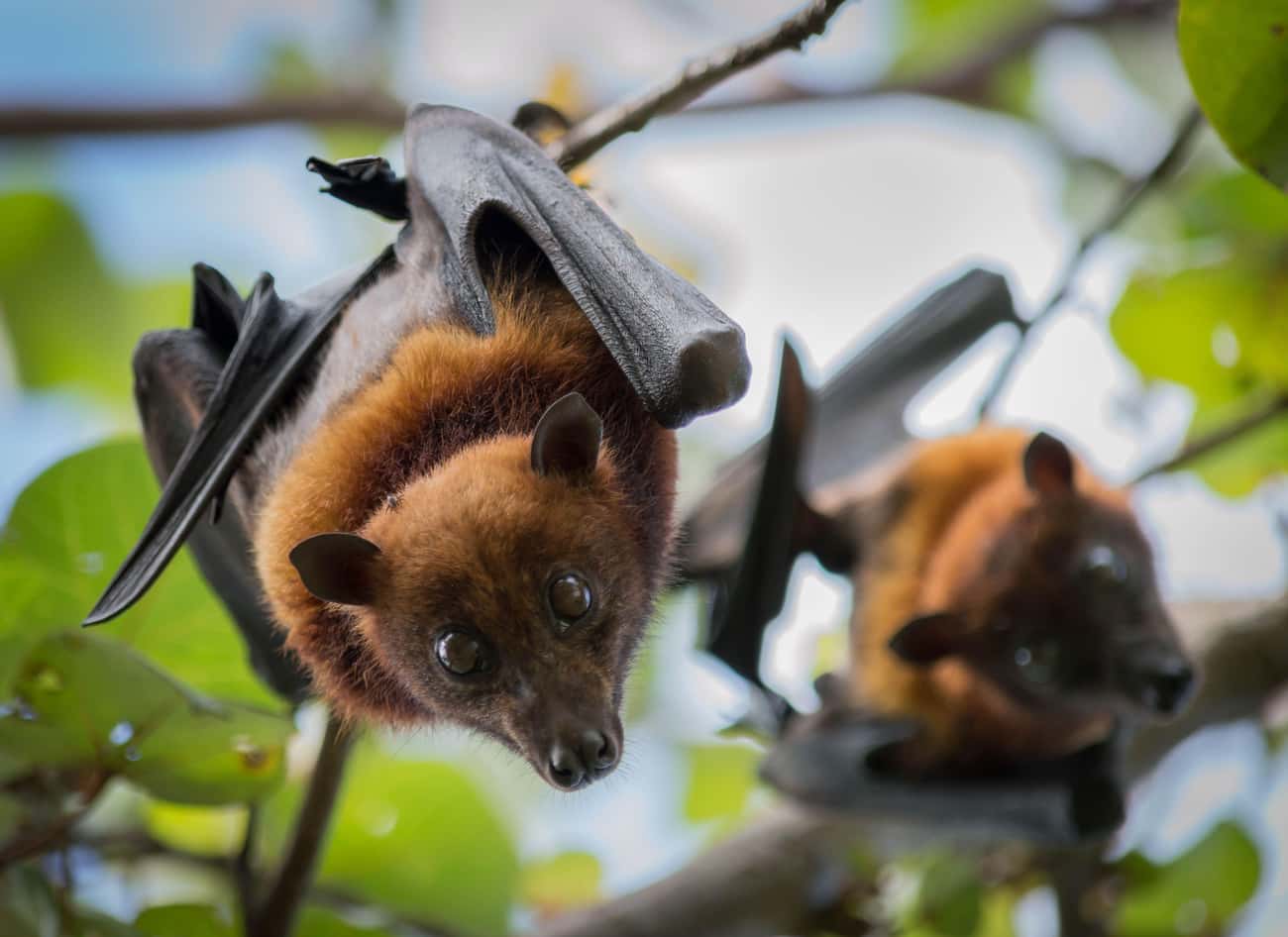
All bats have eyes because they can be seen to some extent. Most bats use their sonar eyesight and can see in more detail than humans. How else do you think these little guys can find the smallest flying mosquitoes in the darkest places?
4. Pitbulls are a breed that’s considered to be harmful and dangerous.
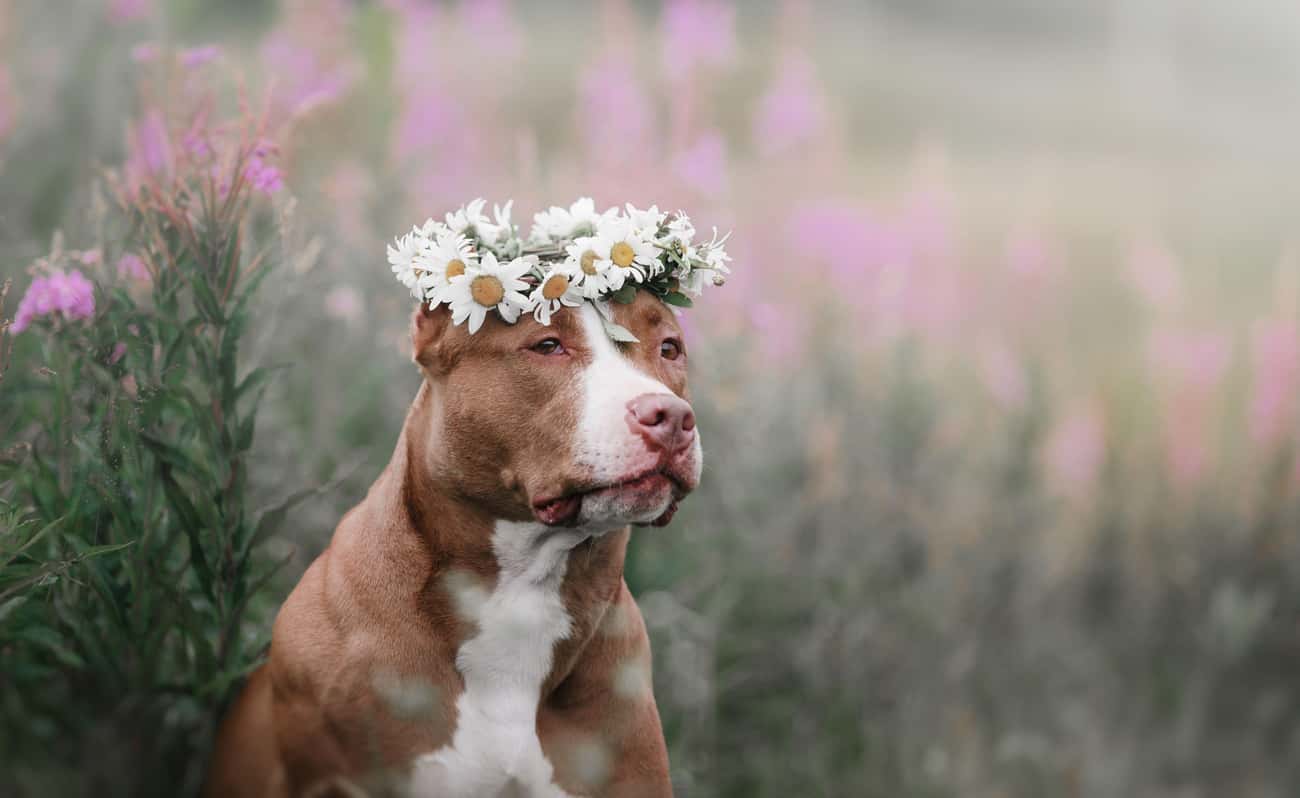
Any dog can attack humans, and the pitbull is no exception, but because of its DNA, the breed itself is not violent. This dog is generally kept for combat and is easy to make fun of, but many breeds are trained to kill things and are not banned from parks and buildings. German Shepherds, Rottweilers, Dobermans, and butterflies are raised from a line of “aggressors”. Pitbulls are aggressive only when trained.
5. You get warts from toads.
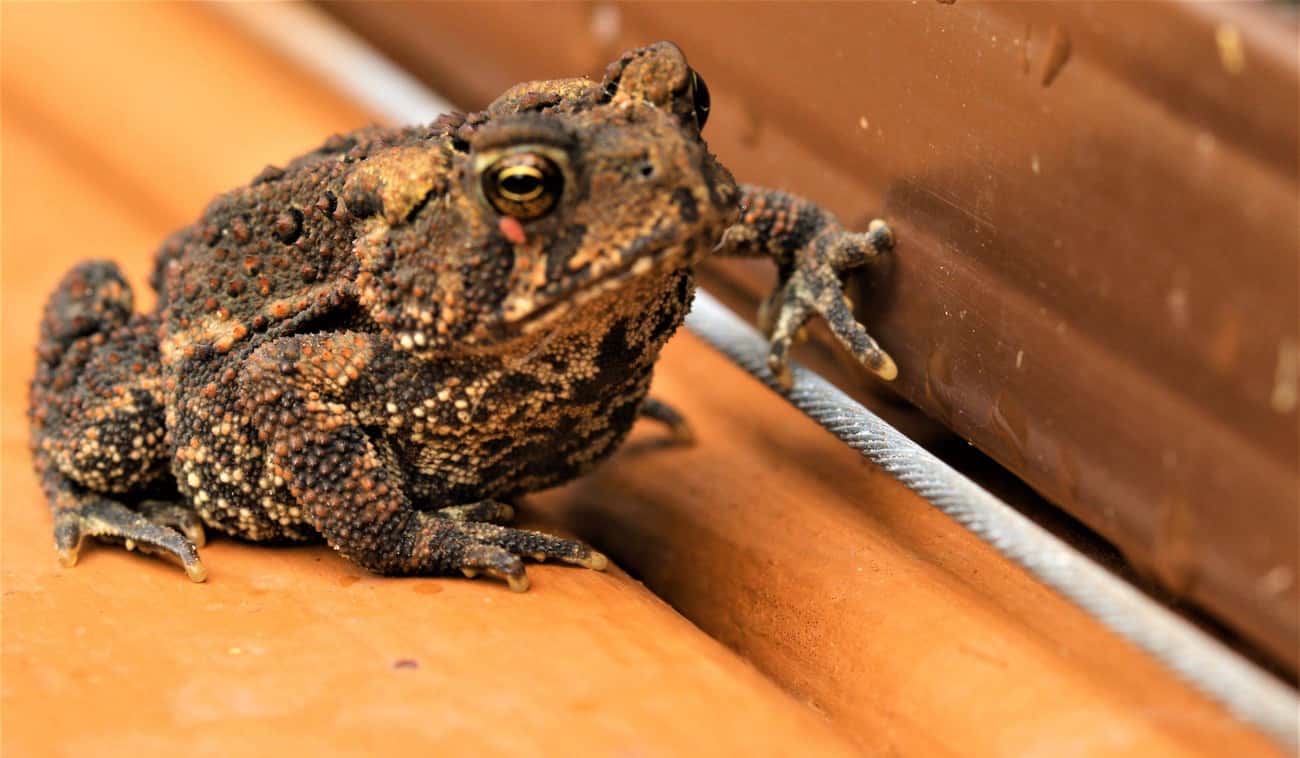
This myth probably began when the mothers were afraid that their children would carry the disease and wanted a way for them to stop picking up animals outside. Rugged frogs and other frogs do not give warts. These lumps, unlike most frogs that require moisture, help frogs live in dry climates. This trait also helps frogs blend into their environment with the textures that are possible through the warty ridges. These bumps may be a unique physical characteristic, but they cannot be transmitted to humans.
6. The most poisonous spiders are Daddy Longlegs.
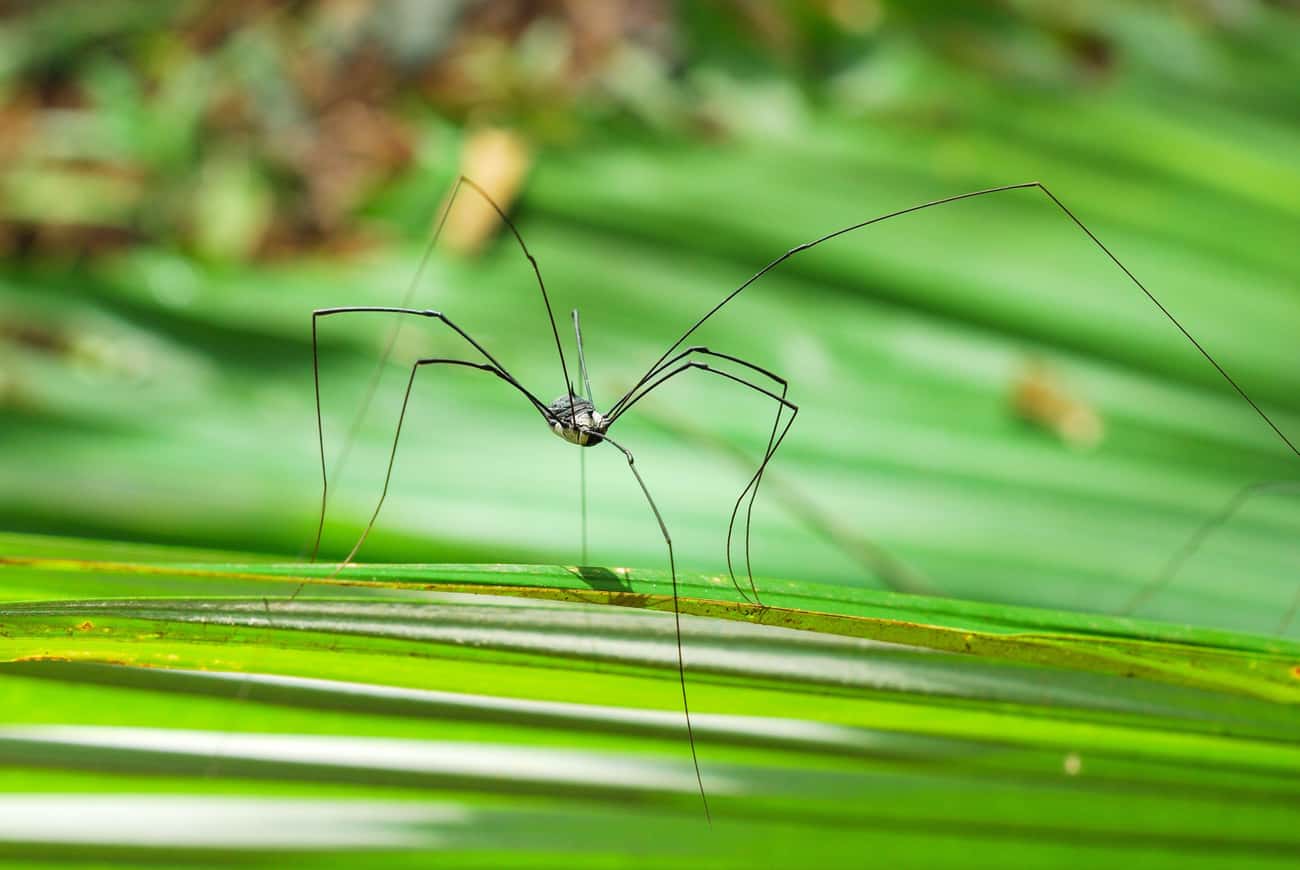
There’s probably a lot about this spider that you don’t know. One thing is that the spider you think is a daddy longlegs might actually be something else. There is a spider called a daddy longlegs, but in England, the creature with this name isn’t even a spider. This myth may have come from the long-legged cellar spider, which is an example of a daddy longlegs.
The thing is, no one has ever been bitten by a pholcid spider and had any kind of reaction to it. If they were really poisonous, we wouldn’t know unless we milked them and gave their venom to people. This hasn’t happened. And there are no toxicology studies that show how pholcid venom affects mammals of any kind.
7. Ostriches Bury Their Heads In Sand.
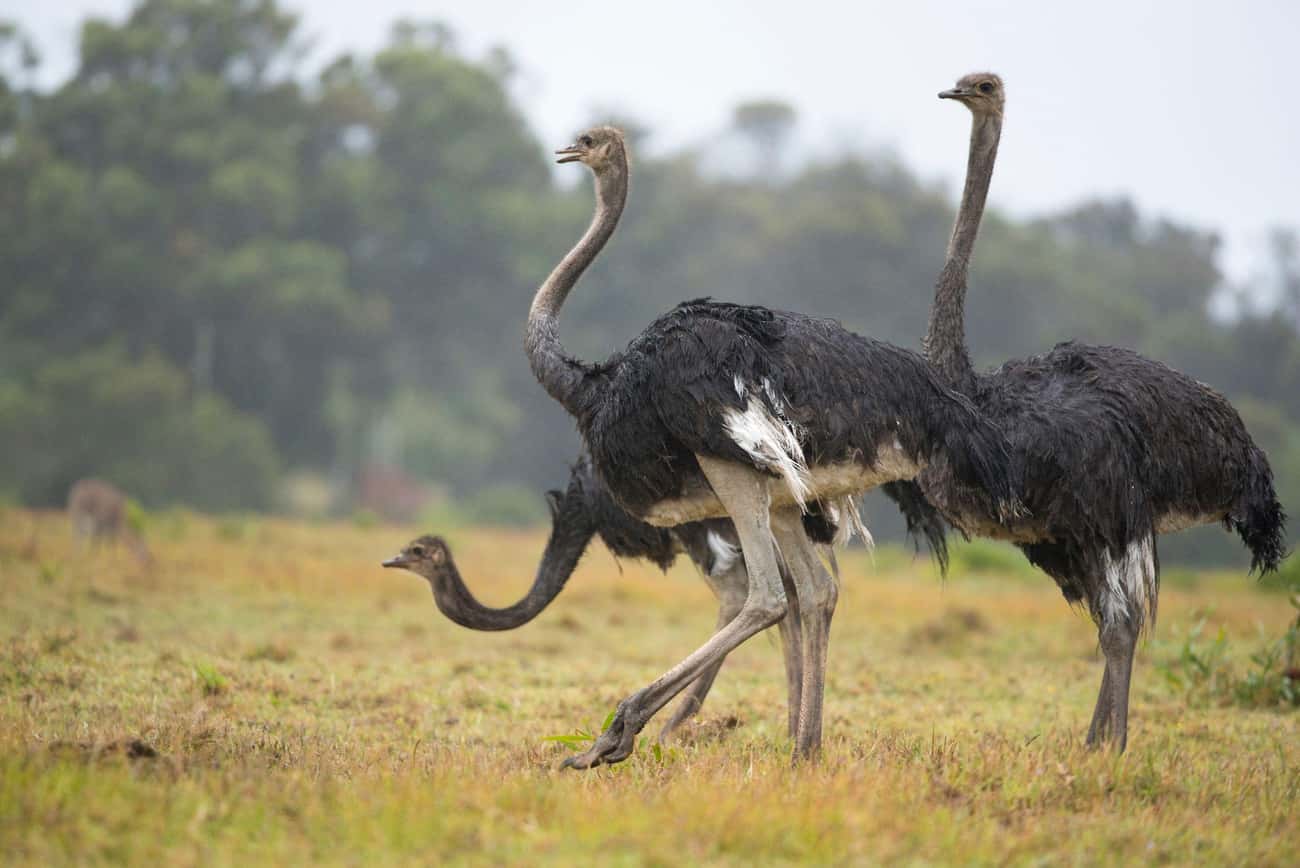
This myth, like many other species of birds, probably derives from the fact that ostriches eat pebbles and sand to help digest food. They also turn eggs with their beaks. This is another thing that brings your head closer to the ground. As we once believed, if an ostrich stabs its head into the sand, it will probably suffocate and die.
8. While migrating, Lemmings commit mass suicide.
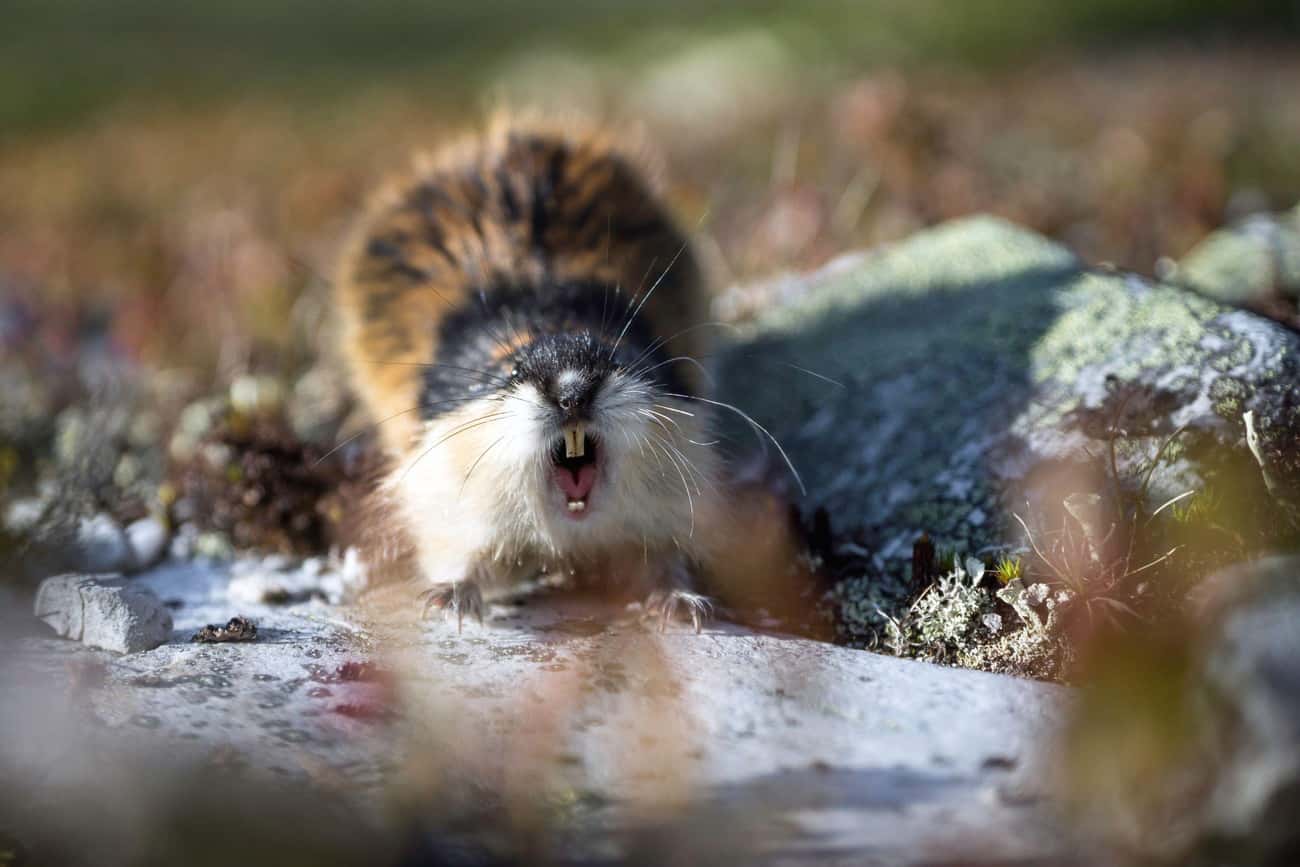
During the making of the 1958 Disney “documentary” White Wilderness, which won an Academy Award for Best Documentary Feature, fake scenes of mass migration were used to make lemmings jump to their deaths on film. Years later, a Canadian documentary called “Cruel Camera” found that the lemmings used in “White Wilderness” were flown from Hudson Bay to Calgary, where they were launched off the cliff using a turntable instead of jumping.
9. If a dog has a wet nose, it means it’s healthy.
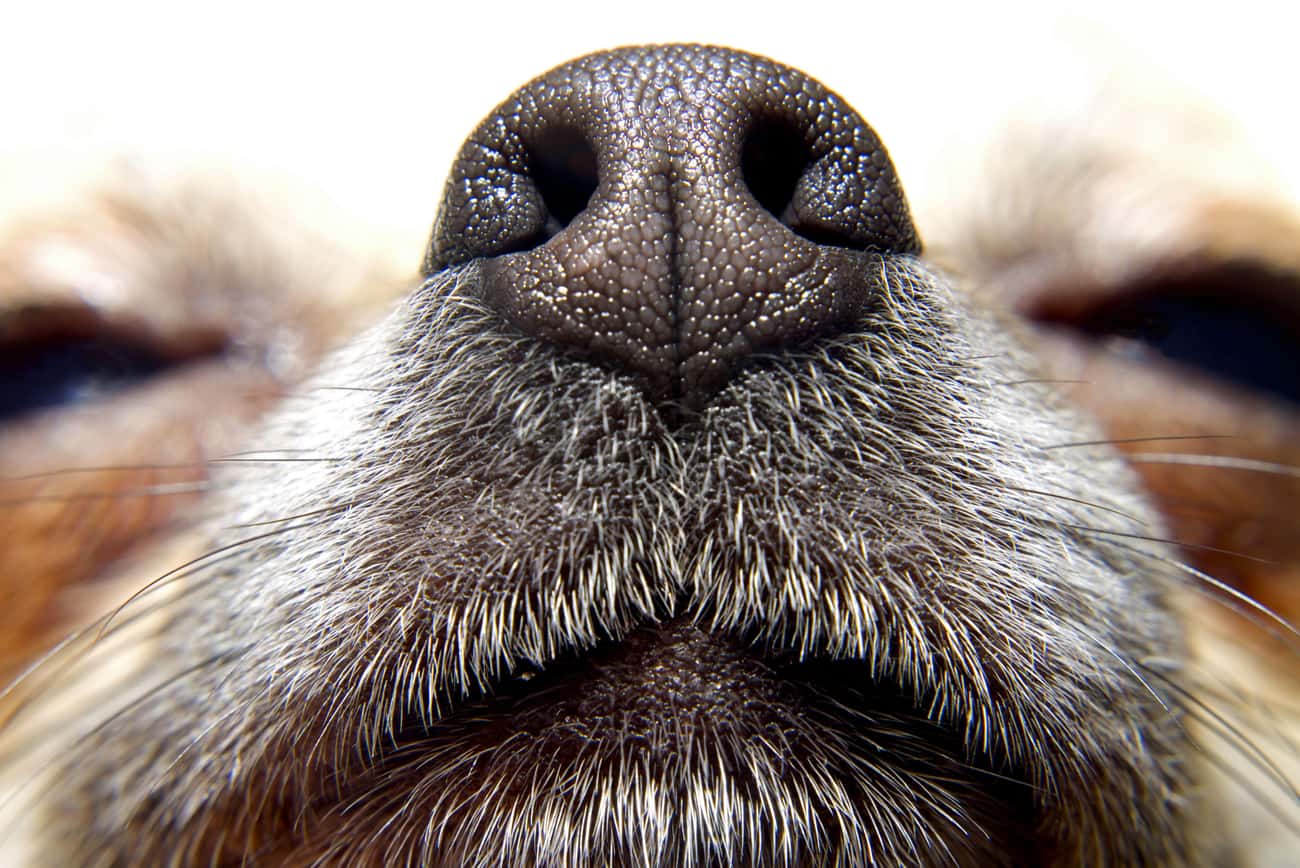
The coldness or dampness of a dog’s nose shows how active it is and doesn’t mean anything about its health. As with people, a dog can control its body temperature by sweating through its nose. Dogs also have a layer of mucus on their noses that helps them smell better. When a dog licks its nose, it is taking a sample of whatever it is smelling.
10. Possums hang with their tails on trees.
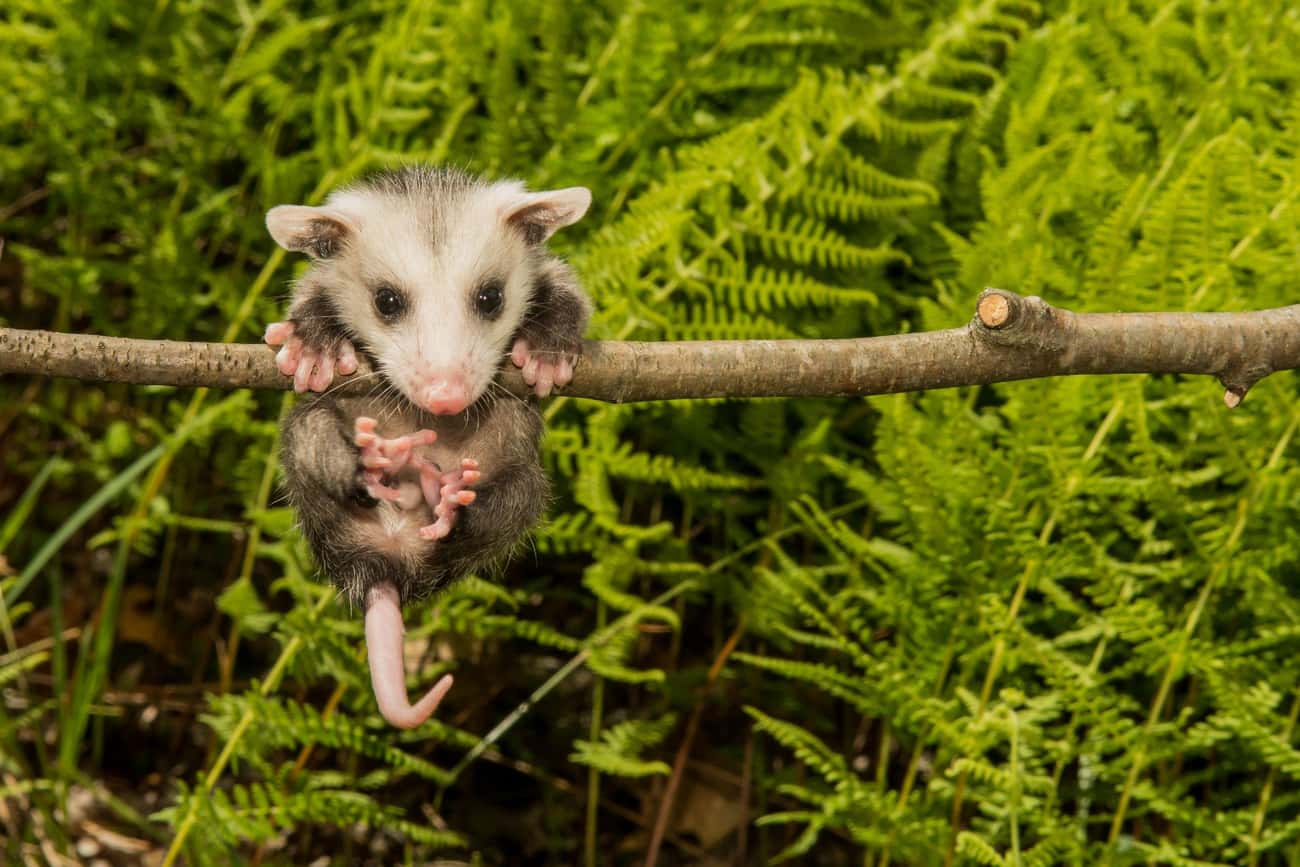
Opossums do have partially prehensile tails, true. And the young ones can hang upside down for short periods, but why would they? It makes no sense. Why don’t you always hang upside down by curling your legs over a bar? Or go to sleep? Absolutely not. This is probably because possums usually live in trees or close to them.
11. During winter, Bears go into hibernation mode.
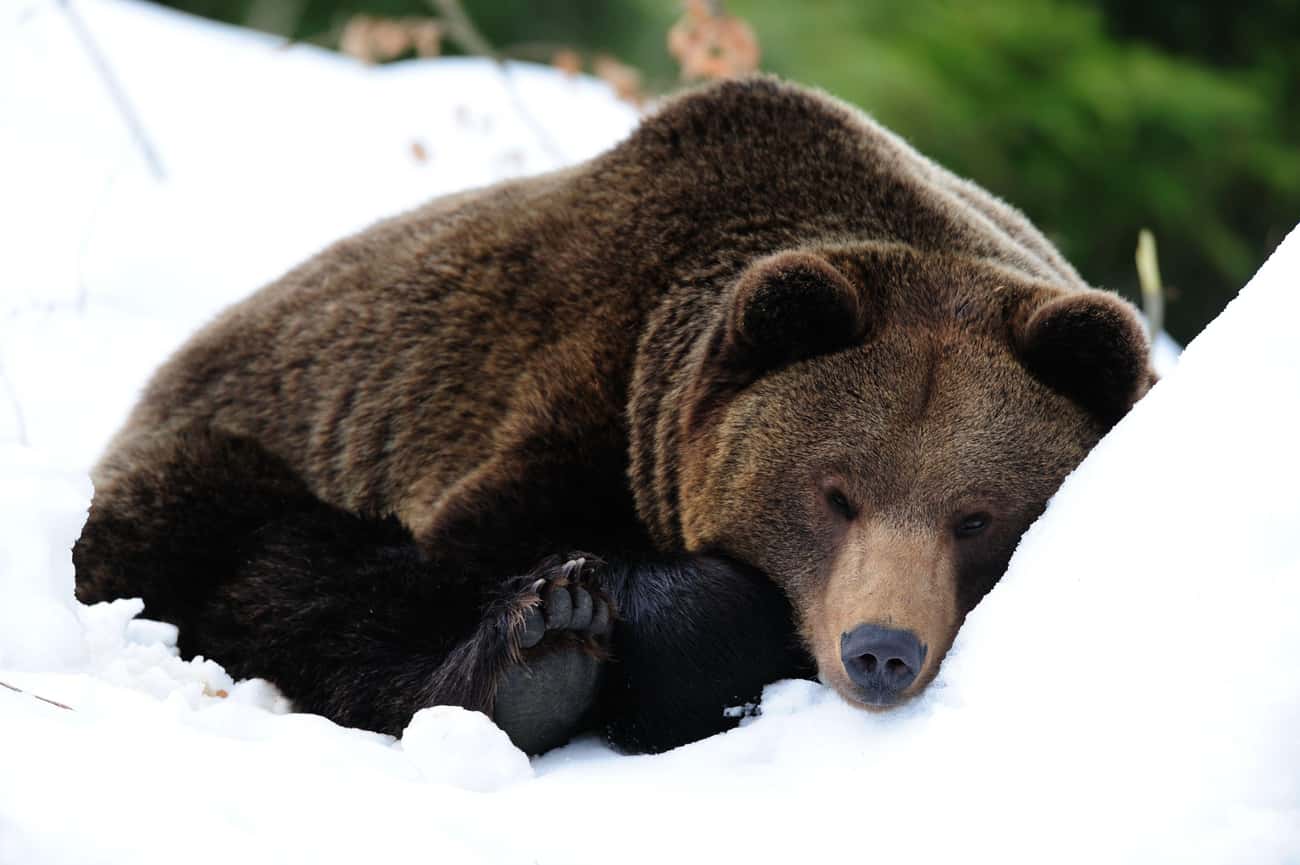
If you try to wake a bear up while it is sleeping, you will have a bad time for sure. First of all, bears are not “true” hibernators. Even though some animals slow down in the winter, to the point where they sleep for long periods of time (called a “torpor”), they don’t sleep for the whole season. The most important thing is that they can wake up during this time, so if you come across a sleeping bear, it’s best to leave it alone.
12. Goldfish have a three-second memory.
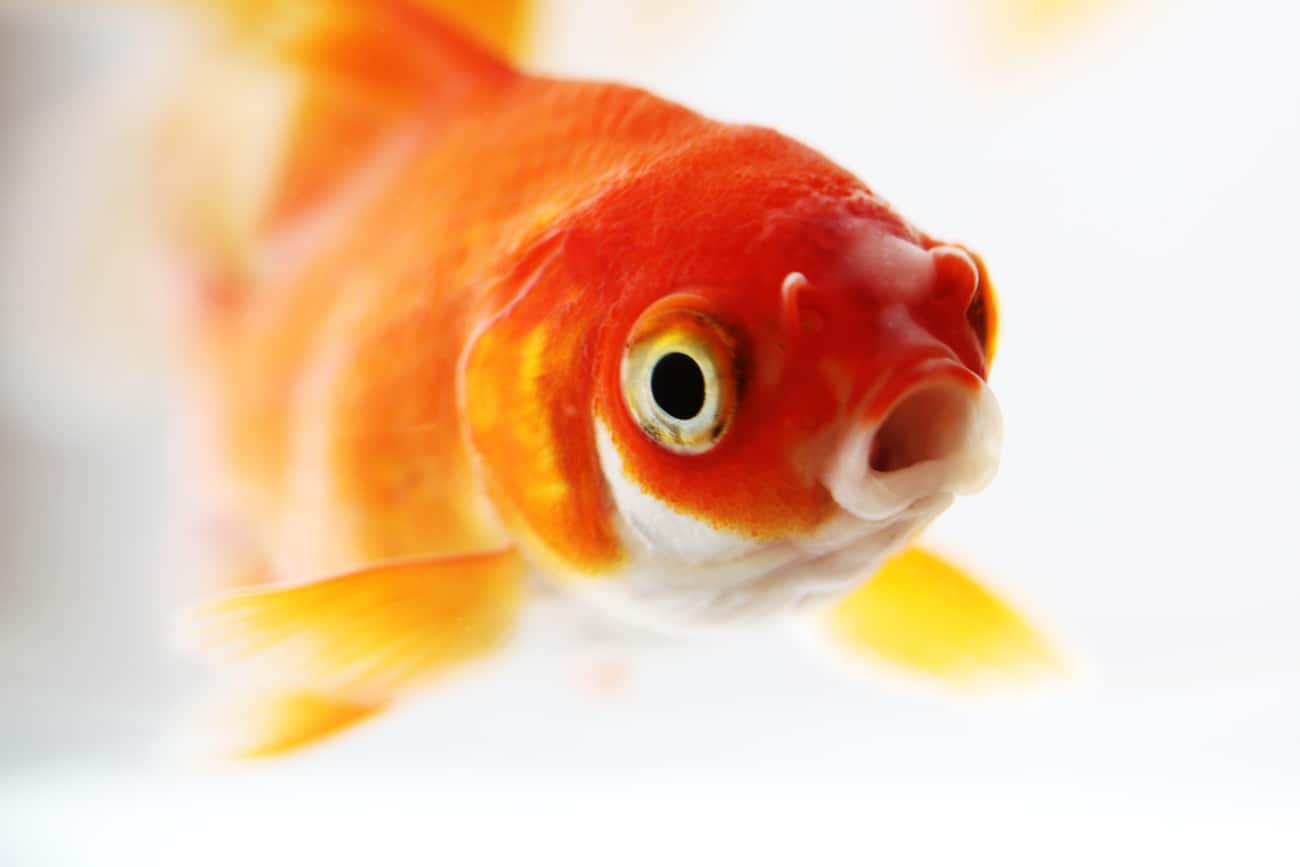
Goldfish owners should be careful because your fishy friend might be angry. Not necessarily. But they remember things for a lot longer than just three seconds. Goldfish can remember things for at least five months. Scientists found that goldfish could remember when they were usually fed and would wait months for their next meal.
13. Bulls Hate The Color Red.
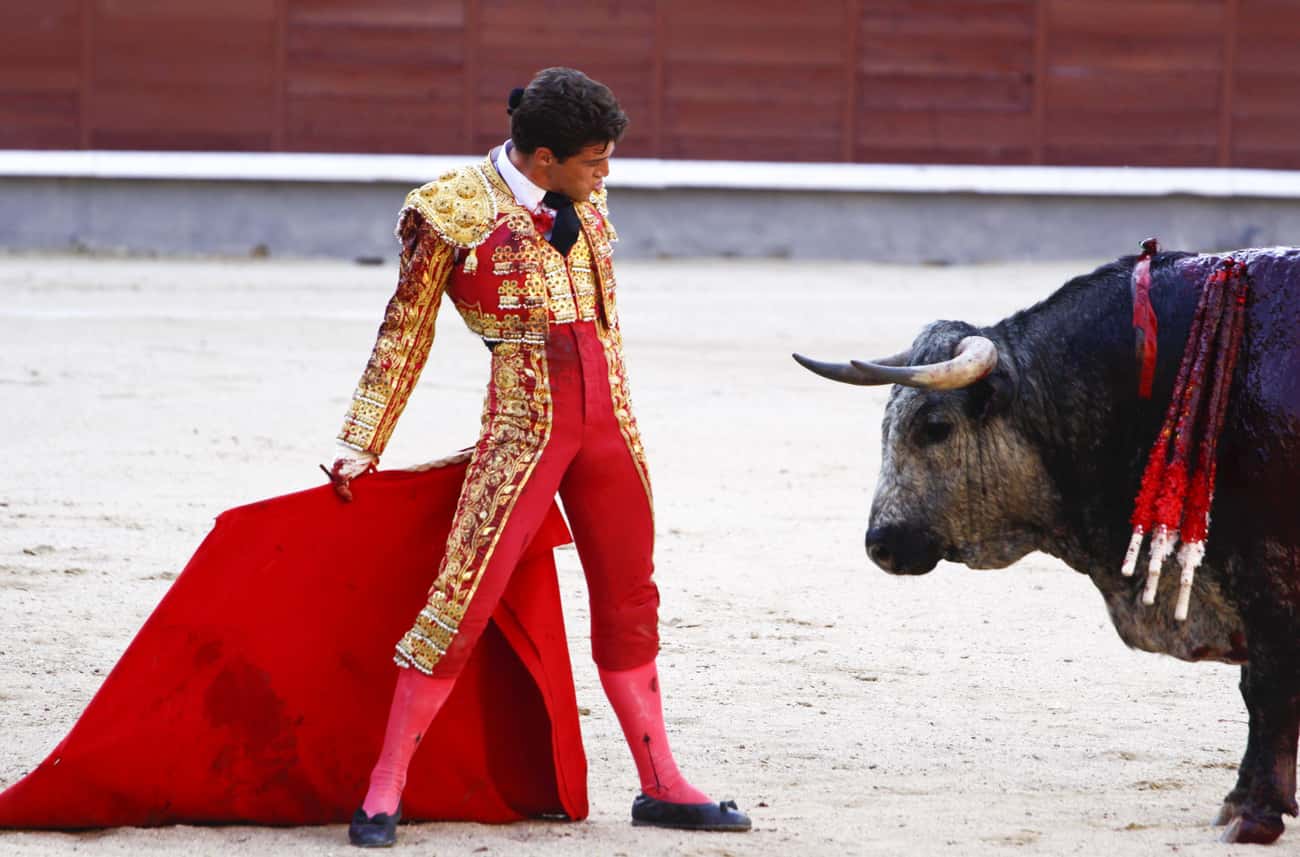
Sorry, wannabe matadors, but this just isn’t true at all. In the 1700s, matadors started using muletas, which are small red capes, in bullfights. This is where the myth began. People thought that it was the color of the cape, not the cape itself, that made the bull charge. It turns out that red, blue, and white capes make bulls act about the same. Not the color, but the size of the cape is what gets a bull’s attention.
14. The lice on the head only prefer long or dirty hair.
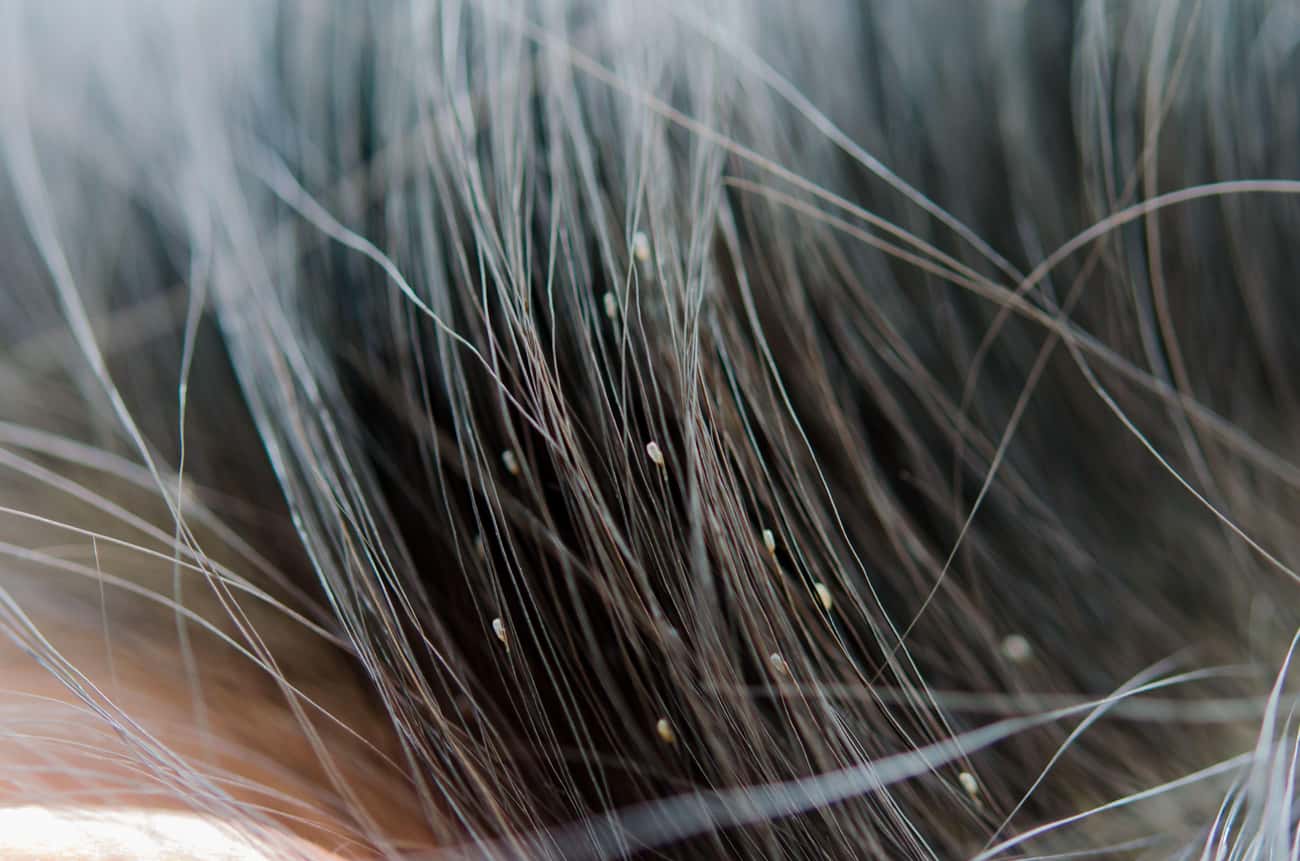
Head lice can get into anyone’s hair. There are many myths about head lice, but the one about how long and good the hair is where they live is the biggest. In reality, these pests eat the heads of any people they can get close to. It has nothing to do with cleanliness or hygiene, and they don’t like long hair better than short hair. They can live on anyone’s head and are spread through lice-to-head contact, which usually happens when people share brushes or combs.
15. Camels store water in their back humps.
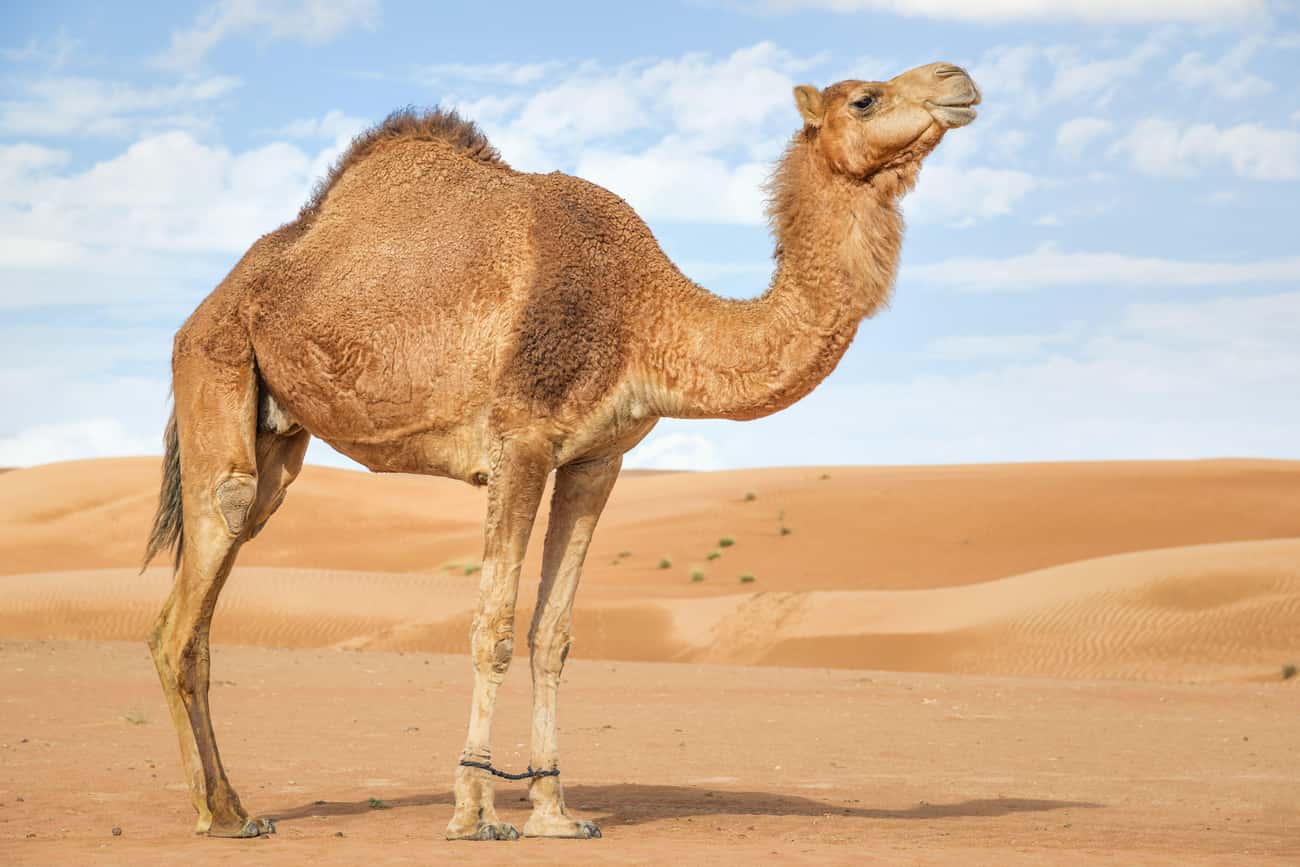
Camels that wander around in the desert must get thirsty. So much so that they store more water in the hump, right?. Wrong. A camel can go seven days without drinking water, which is pretty amazing. It’s not because it has a stash of water on its back, though. The humpback is just fatty tissue that a camel can burn if it hasn’t eaten for a long time. So what is the best way for the camel to store water? Kidneys. Camels drink and use so much water that their ur*ne is as thick as syrup when it comes out.
16. The Alpha is the leader of a wolf pack.
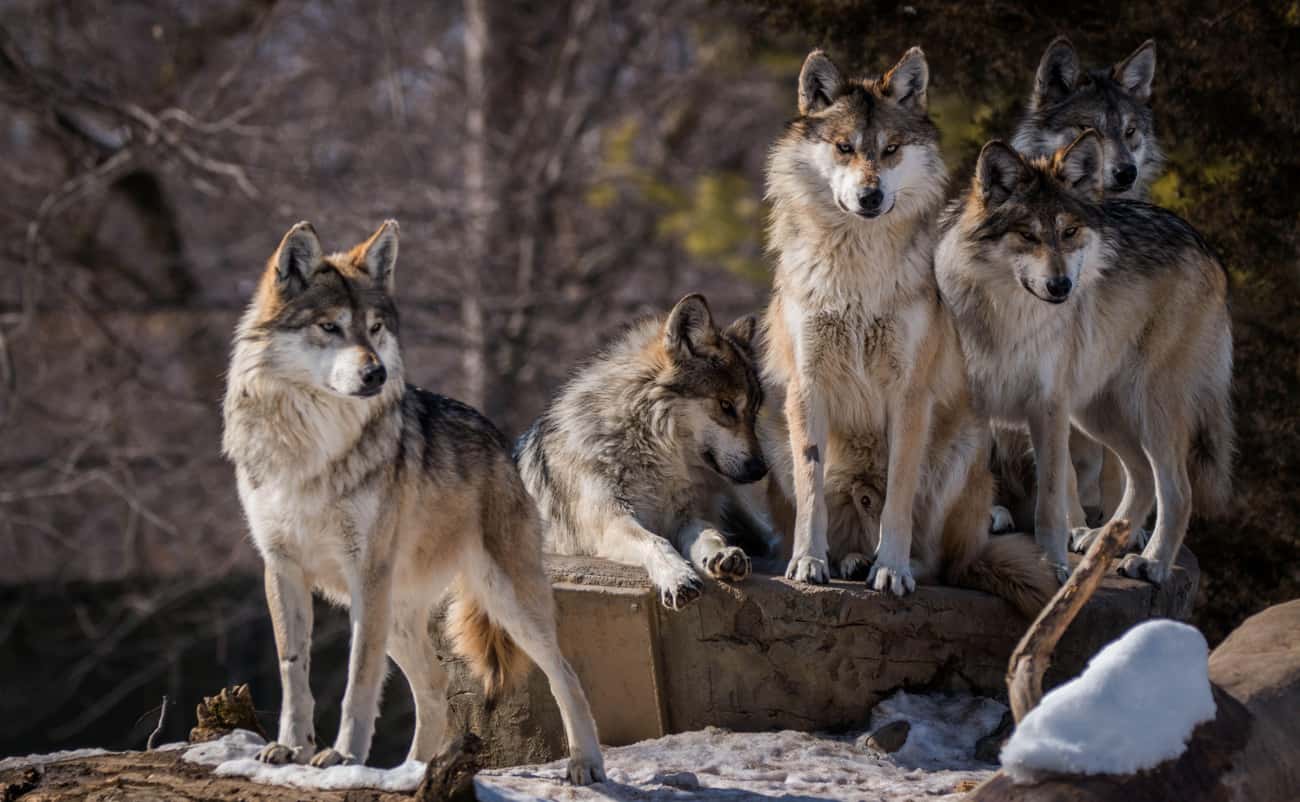
People believe this myth so much that they use the words “alpha” and “beta” to describe different types of people. But in reality, dogs don’t use the alphas and betas system to figure out who is in charge. Actually, a pack is a lot like a human family. Moms, dads, aunts, uncles, and other adults work together to raise the younger pups. When a wolf is older, it has more power in the pack. How independent a puppy is between its brothers and sisters depends on its birth order, at least until it has its own family.


